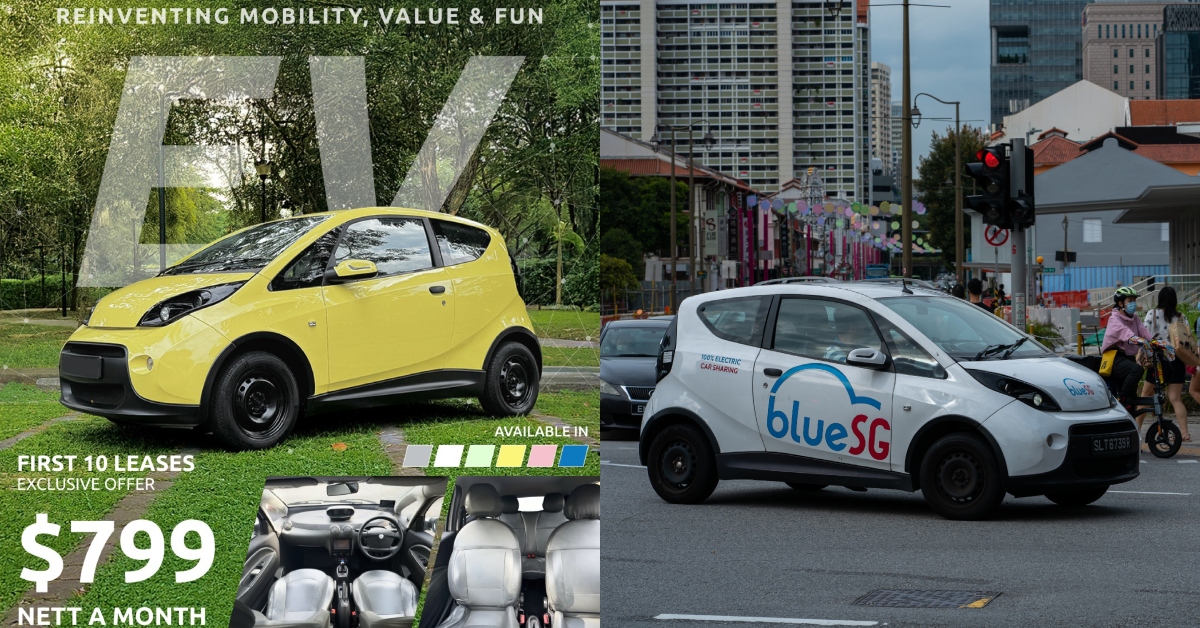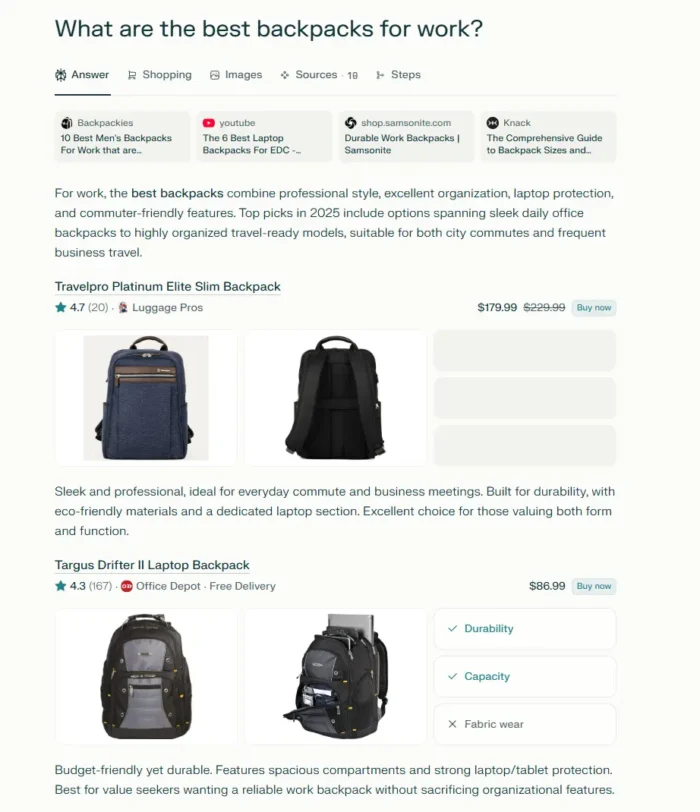Meta Research Reveals Conversion Optimization Best Practices via @sejournal, @martinibuster
Meta research paper shows how to improve the conversion rate of their landing pages and offers a free evaluation scorecard The post Meta Research Reveals Conversion Optimization Best Practices appeared first on Search Engine Journal.

Meta published a whitepaper containing the results of a study of 500 landing page experiences. The research provides insights that can help design better landing pages that convert at a higher rate and provide better user experiences that translates into repeat customers and referrals.
A yoga company reported a 13% increase in sales by following best practices as suggested by Meta.
They yoga company reported:
“Most of our traffic comes from mobile consumers, so it’s really important to create a seamless mobile landing page experience,” says Tiffany Tran, KlientBoost’s lead designer. “By focusing on the complete user experience from ad click to landing page, we’ve been able to see big increases in our conversion rates, which has directly led to more signups.”
Destination Pages
The Meta research defines five kinds of destination pages that a user can land on:
Home pageProvides an overview of products and services and provides a path forward to the next pages Product listing page
Offers product details, ability to research and compare and navigate to a product purchase candidate Product details page
Answers product questions and provides a clear path to adding the product to the shopping cart Form-driven landing page
Designed to get visitors to fill out a form Landing page
Primary purpose is to get visitors to another page
Each kind of landing page has specific ways for optimizing them. However what all have in common is a friction-less user experience.
The whitepaper observed:
“Consumer expectations of frictionless and delightful shopping experiences are higher than ever.
In a recent survey, 80% of people said the experience a business provides is as important as its product. …A survey by Emplifi found that 32% of consumers would stop doing business with a brand they love after only one negative experience.”
Best Practices for Conversion Optimization
While each form of landing page has their own specific optimizations, Meta found that there are three main optimization features.
The three main important considerations for optimizing a destination pages are:
Speed Details and answers Mobile optimized page elementsSpeed
The Meta research recommends that pages load in less than three seconds because their research discovered that more than 50% of visitors will abandon a website that takes longer than three seconds to load up.
The research paper cited an advertiser who optimized their pages for speed and improved their bounce rate by 56%, experienced a 12% lower cost per page view
and a 5% lower cost per purchase.
Recommended actions for speeding up web pages:
“Minimize HTTP requests Improve time to First Contentful Paint (FCP) Deliver optimized assets Defer loading out-of-view content Remove unused third-party code”Details and Answers
An interesting insight provided by the research was that there must be continuity between the ad that a visitor clicked and the destination page. That means that the images and messaging in the ad should carry through to the destination page.
Furthermore, the pages should answer common questions, details about the product itself like what it’s made of, specifications, value propositions, reviews and provide images that show the product from different angles as well as in use.
So if it’s an outdoor product, show the product in an outdoor setting in a way that the buyer might see themselves using it, what the Meta whitepaper calls, “lifestyle shots.”
This is what the whitepaper recommended:
“Providing photos of products from different angles or in lifestyle shots, so customers can easily understand how the product looks in the real world Sharing relevant product details through specifications that outline dimensions, bullet points explaining features and size charts that render well on mobile, so consumers can determine they’re buying the correct product”The whitepaper also suggested reconsidering the mobile user-experience on a monthly basis.
Mobile optimized page elements
This seems like a no-brainer but the Meta whitepaper provides some thoughtful considerations. Chief among the recommendations was that the destination page should make the product information available within the first two viewports.
The whitepaper recommends:
“Include critical product information within the first two viewports, including review summary, price, promotions, free shipping (if available) and core product attributes.”
Other recommendations include dividing up long content into sections using according headers, that call to action elements should span the entire width of the page, and sticky CTA elements.
With regard to the sticky CTA elements they cite the experience of a retailer that experienced a 3% lift in sales after making a product filter sticky.
They also found that conversions were better if page space were optimized and prioritized by doing things like making chat and promotional elements non-sticky.
Destination Page Scorecard
The whitepaper includes an evaluation scorecard at the end of the paper that helps businesses create a higher converting destination page.
The whitepaper itself is 33 pages long and is worth downloading to learn more details on how to increase sales through conversion optimization tips learned through researching the data.
Citations
Read the Meta Overview
Stick the Landing: How to Optimize Your Destination Page to Improve Ads Performance
Download the Whitepaper (PDF)
How to optimize your ad destination page to improve performance

 KickT
KickT 
































